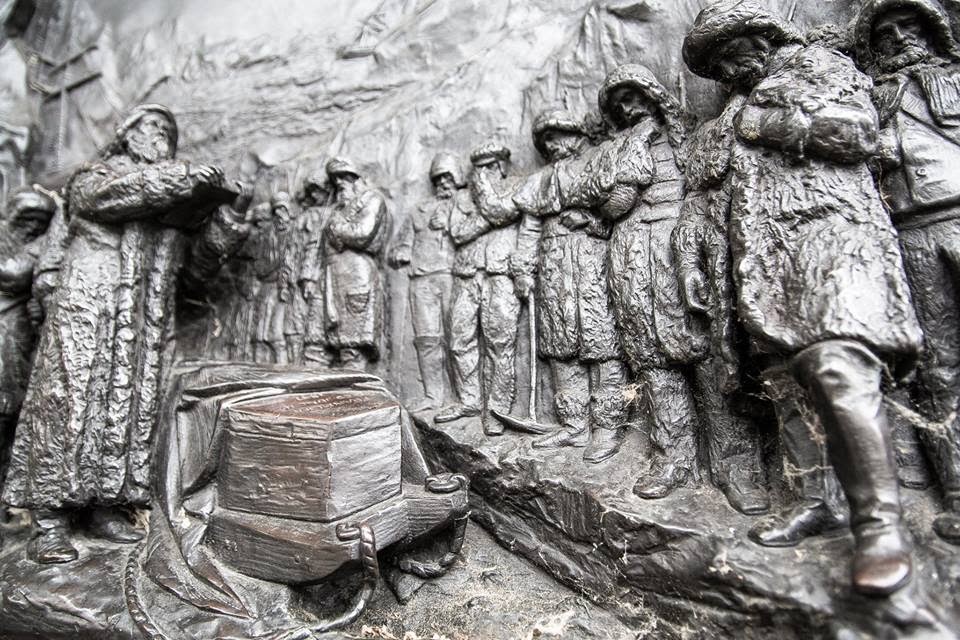The combination of my recent reading of "Captain Francis Crozier, last man standing" by Michael Smith and my brand new fourties, have made me reflect about what was the limit age to participate or even to command an arctic expedition.
It is well known that the Royal Navy recruited men since the early age of eleven or twelve. but, what was the maximum age to participate in an arduous and hazardous arctic expedition?
It has been widely discussed the suitability of the Franklin´s age of 59 to command the expedition which carried him to his death, but it has not been so widely discussed how ideal or not was the age of other explorers which formed part of other expeditions of the kind. I am speaking about people like Dr Richardson., John Ross, John Hepburn, and surely about others.
Doctor Richardson, with 61 years old, accompanied John Rae in the overland rescue expedition of 1848-49. He turned back in the spring of 1849 and arrived at Liverpool a day after his 62 birthday, the 6th november of 1849 while Rae, twenty six years younger than Richardson pressed further north. As Michael Smith describe it, this was one of those mamooth expeditions towards the north shores of Canada which tipically involved walking thousands of miles across the wilderness and descending wild rivers.
| Dr. Richardson. http://research.syncrude.ca/History |
John Hepburn, the hero of the Coppermine expedition of 1819 signed, with 57 years old, in the rescue mission commanded by Kennedy in 1851 . The hardships which he endured cost him, with almost all certainty, a slow death during the subsequent years.
| National Portrait Gallery http://www.npg.org.uk/collections/search/portraitLarge/mw37455/John-Hepburn |
As in the case of Richardson, what drove Hepburn to go on board an expedition ,which aim was finding Franklin, was love and the friendship he devoted to him.
But, by far, the most outstanding and astonishing case is that of John Ross. It was the most extreme. The man, a revolutionary and clever mind for his time, broke all the non written rules and, at the age of 73, organised his own expedition and, faithfull to a promise he did to Franklin before departing, sailed to the arctic in 1850 to rescue him.
| Tips images John Ross from tipsimages |
Ross senior, not only set a record marching towards the arctic as such age, but he also surely beat other record at joining the navy at the early age of nine years old.
To me, after reading a relative amount of books about the discovery of the Northwest passage, John Ross and his stubborn mind occupies in my opinion a privileged place in the podium of the best arctic explorers. Apart of the incident of the Croker mountains, which I believe was a hidden plan to book tickets for a future opening of the Northwest Passage for himself, Ross Sr. was correct when using a small ship and a tiny crew for the exploration of such shallow straits and he was also a pioneer and a visionary in using a steam boat to attempt to cross it. His fight against cold and scurvy during the expedition of 1829 to 1833 could be compared in merits with the worldwide known Shackleton's feat of survival in the antarctic.
The strong will of Ross drove him to the arctic even at a age when most of his contemporary mates have already dead, that is what I call a true polar explorer.
